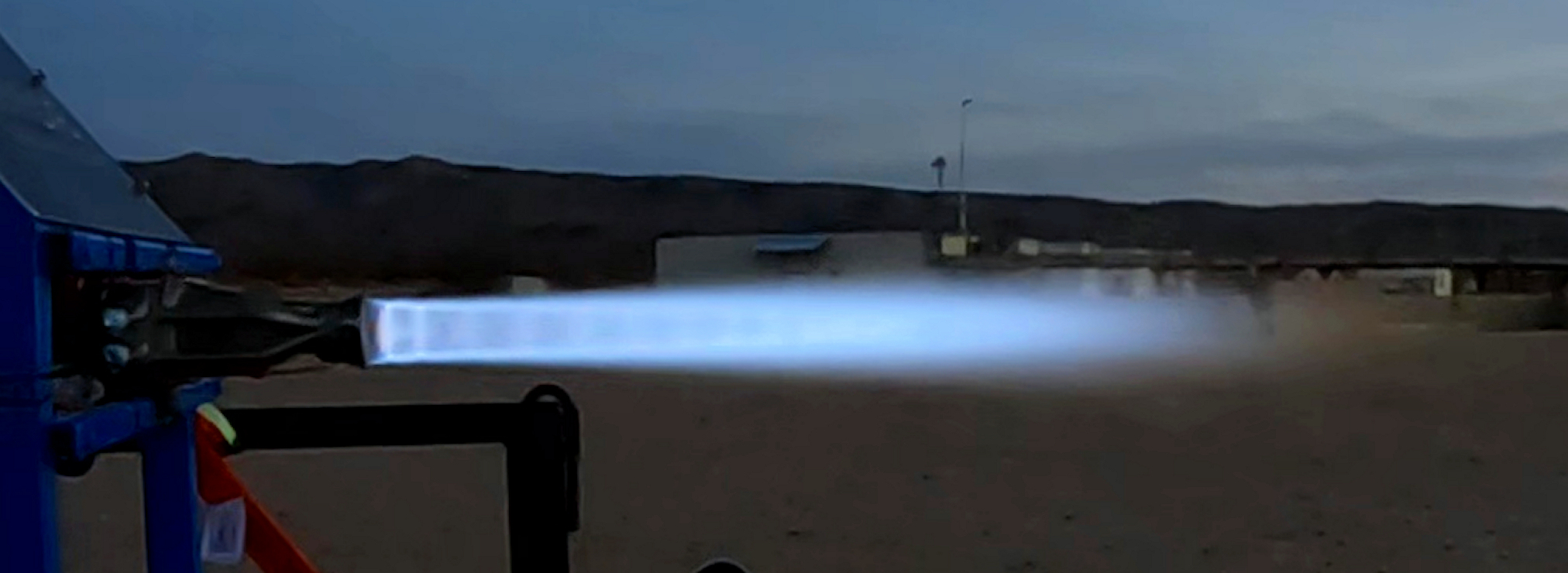Hello and welcome back to Max Q. Last week was the week of ambitious timelines. In this issue:
- A modest profile of one of the foremost experts of space propulsion
- Deep dive into the history of NASA’s Landsat
- News from Masten Space, Swarm and more
P.S. Applications are closing soon for Startup Battlefield 200! Apply today to join Startup Battlefield 200 for the chance to exhibit your startup for free at TechCrunch Disrupt this October and win the $100,000 equity-free prize. Applications close August 5. Apply today.
On to the news.
SpaceX’s CTO of propulsion retired. Now he wants to go to Mars.
You may not have heard the name Tom Mueller, but if you’re a space fan, you’re likely acquainted with the technology he helped pioneer: the Merlin rocket engine, which powers SpaceX’s Falcon 9 rocket, and the Draco engines that power the SpaceX Dragon spacecraft.
Mueller spent 18 years at SpaceX before retiring. But as he told me, “I found when I stopped creating, I didn’t feel right.”
Mueller, who is widely considered one of the leading experts of propulsion alive today, started sketching up a small thruster. That thruster now has a name, “Rigel,” after the blue supergiant in the constellation Orion. It’s become a cornerstone of Mueller’s new startup, Impulse Space, which he founded in September 2021. With the new venture, Mueller wants Impulse to be the go-to option for cost-effective, efficient in-space transportation.
“It was going to be just for fun and not too serious, but then some ex-SpaceX people started talking [to me] and wanted to help and all of a sudden it became real,” he said. “Now it’s full on.”
Rigel thruster. Image Credits: Impulse Space
After 50 years pioneering satellite imagery, NASA’s Landsat is ready for 50 more
NASA’s Landsat satellite constellation has been making Earth observation history ever since the project launched way back in 1972, providing reams of EO data for the government, scientists and industry. TechCrunch’s Devin Coldewey caught up with Jim Irons, who retired at the beginning of this year as NASA’s director of the Earth Sciences Division, on the history of the project and why it is still relevant today.
Now, myriad constellations like that of Planet Labs are imaging the whole globe on a daily basis. Which begs the question: Why have Landsat at all?
“Those of us who work on Landsat are very impressed by what the commercial providers have achieved,” Irons said. “The message we want to get out is that Landsat is complementary to that data — they don’t replace Landsat data. One, it’s open and transparent access — that’s key, and it’s true of all the data collected by NASA satellites.
“Two, the USGS has maintained this 50-year archive of data. Is there a business case for companies to archive their data for decades, so we can observe the effects of climate change over the long term rather than just have short bursts of data? I don’t know …read more
